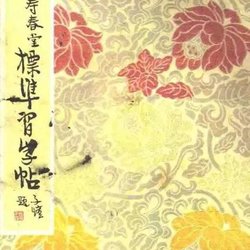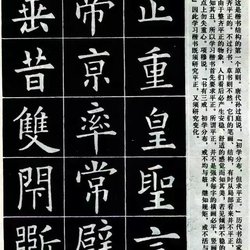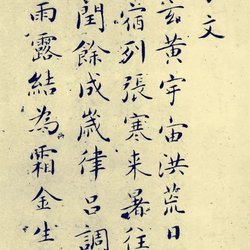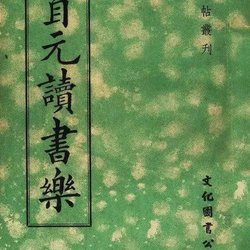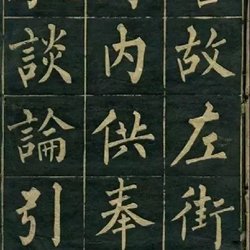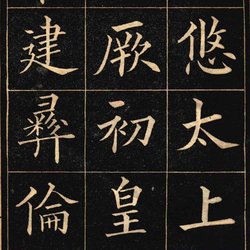There is a paradox in the contemporary calligraphy world, or in the world of calligraphy: while cursing "printed style", at the same time praising Huang Ziyuan, a man who was an avid student of the Qing Dynasty. In fact, from the perspective of the development of calligraphy history, Huang Ziyuan in the Qing Dynasty was the founder of modern "printed style". His regular script is standardized, flat, and looks beautiful. In fact, it was from him that the writing and artistry of calligraphy, especially regular script, were eliminated. Today's students should be careful about Huang Ziyuan's "pitfall".
However, during the same period, there were more masters of regular script in the Qing Dynasty. Let’s take a look at the person we introduced today. Is he far better than Huang Ziyuan? Can he be ranked among the masters of regular script in the Qing Dynasty? ——"Introduction to Calligraphy"
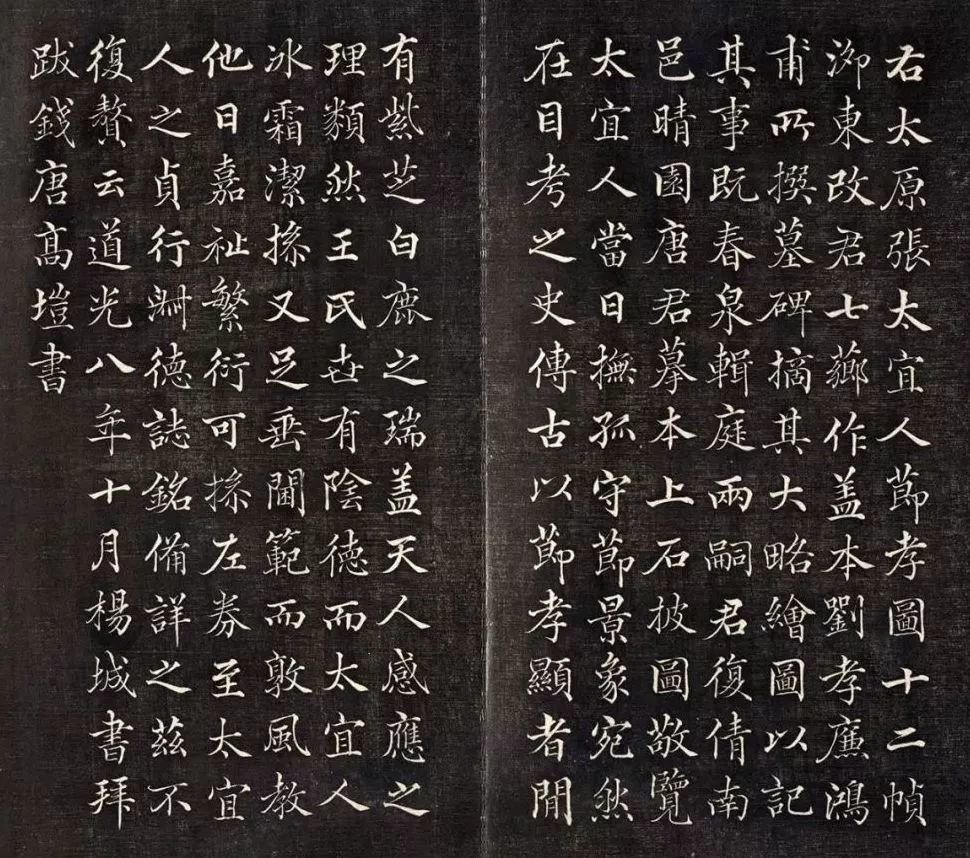
Gao Gao's regular script "Twelve Frames of Pictures of Yiren Festival and Filial Piety of Mrs. Zhang from Right Taiyuan"
Gao Gao's regular script "Twelve Frames of Filial Piety Pictures of Mrs. Zhang Yiren in Youtaiyuan" describes that the Wang brothers lost their father when they were young and their family was poor. Their mother Zhang Taiyi was gentle, kind and virtuous. She worked hard and weaved day and night. She served her old aunt and cared for her two sons. He taught them hard work, thrift and faith, and enabled his two sons to have a family and a successful career. The calligraphy in this work is as exquisite as jade, and it can be called the most beautiful regular script in the Qing Dynasty.
Gao Gao (1769-1839), a native of Renhe, Zhejiang Province, was a commoner and a calligrapher during the Qianlong, Jiaqing and Daoguang periods of the Qing Dynasty. The courtesy name is Zicai, also the courtesy name is Gao, and the nickname is Shuangquan. He gave up his career early and devoted himself to studying books. The patriarchal Zhejiang sect has gained the essence of Ouyang Xun and Chu Suiliang. During the Jiaqing period, Ruan Yuan, the elder of the three dynasties and Wenzong of the first generation, came to Zhejiang and asked him to correct epigraphic inscriptions. At that time, many tablets of famous places in the south and north of the Yangtze River were produced by him. Ruan Yuan believed in "Dingxiang Pavilion Bi Tan" that Gao Gao's "gongshu and regular script are very similar to Yu Yongxing's "Temple Stele", and he is capable of poetry." "Qing Yu Lei Chao" said: "Gao Gao's Gongxing and Cao are especially fine in small regular script and tree bones. He lived in Ledeng, Henan, and took his pose in Wuxing." Gao Gao refined his paintings, especially flowers, birds, grass and insects, using techniques from the Song and Yuan Dynasties, and his hooks, strokes, and colors are all extremely exquisite. He is able to carve seals and occasionally seal seals, and he is also very talented and methodical. The work is between Chen Yuzhong and Chen Hongshou, with ancient beauty and vigor, and a unique appearance.
Gao Gao's "Twelve Frames of Pictures of Mrs. Zhang's Filial Piety on the Right Day in Taiyuan"
Enlarge single words for appreciation















